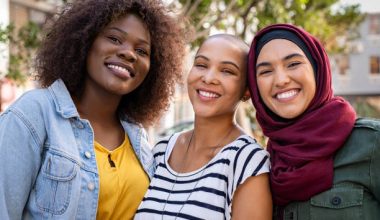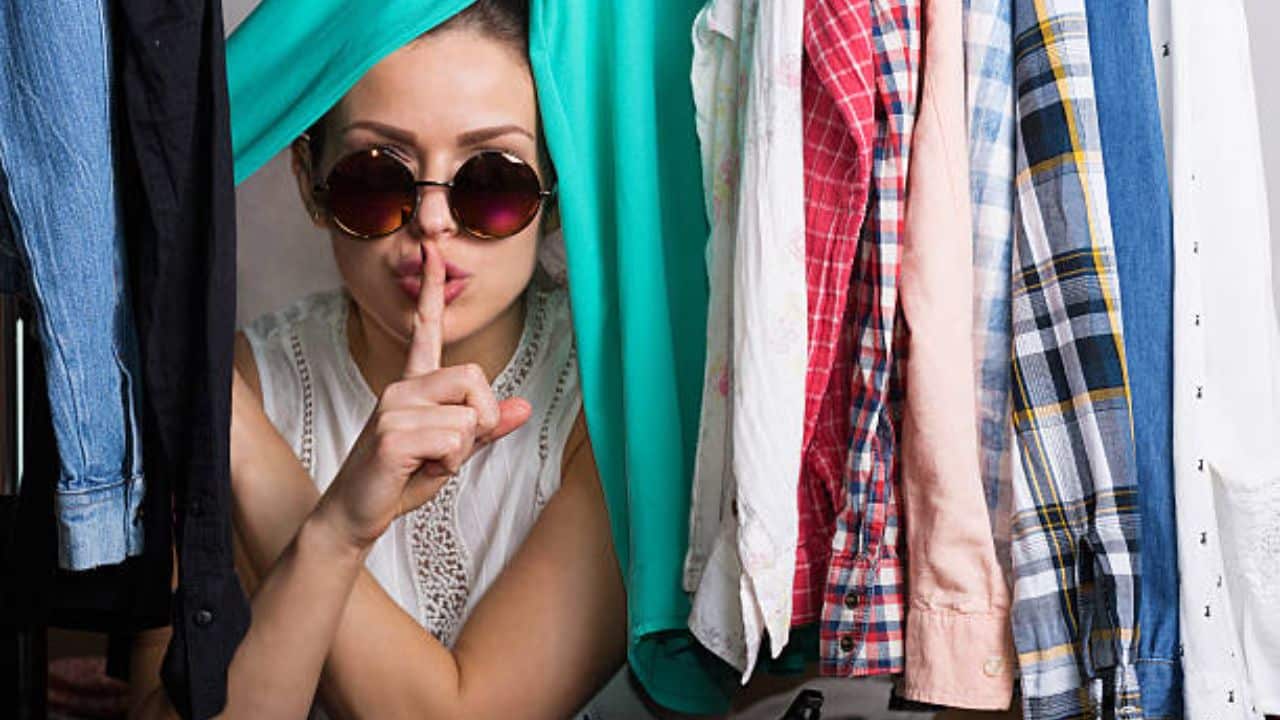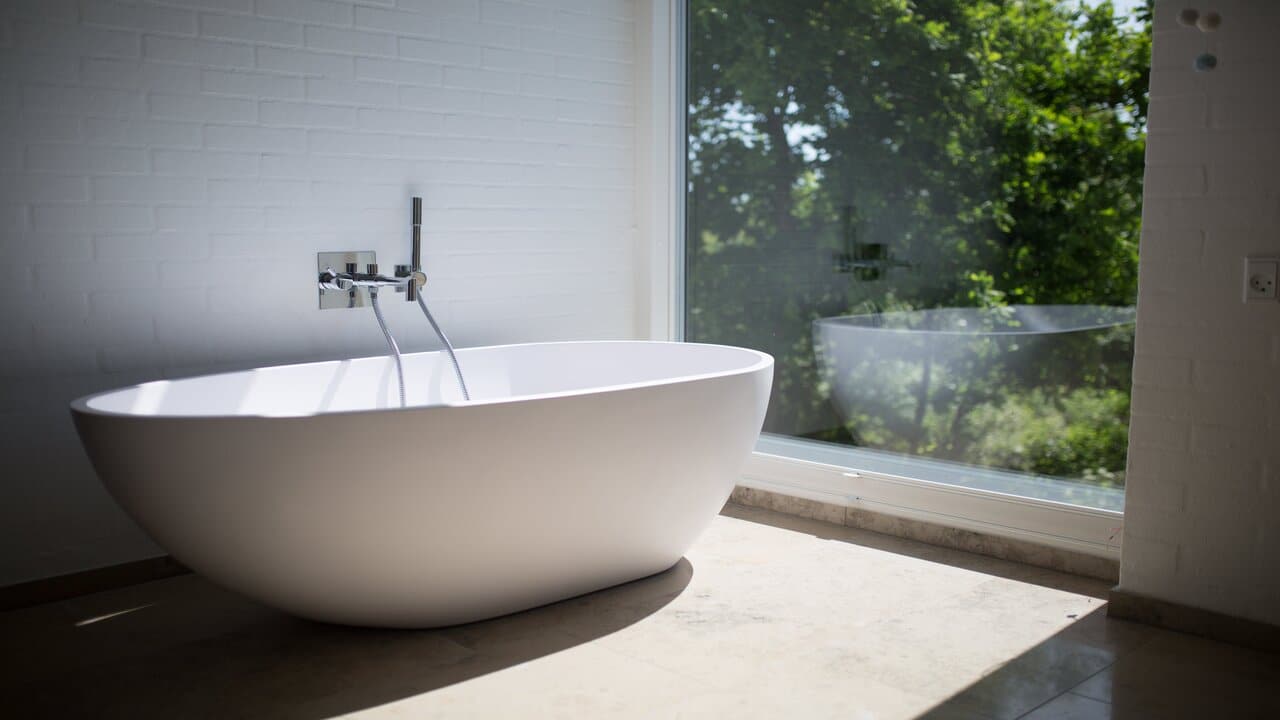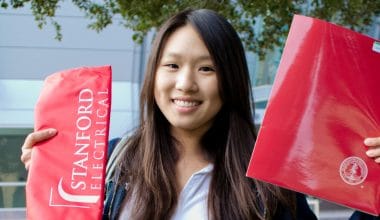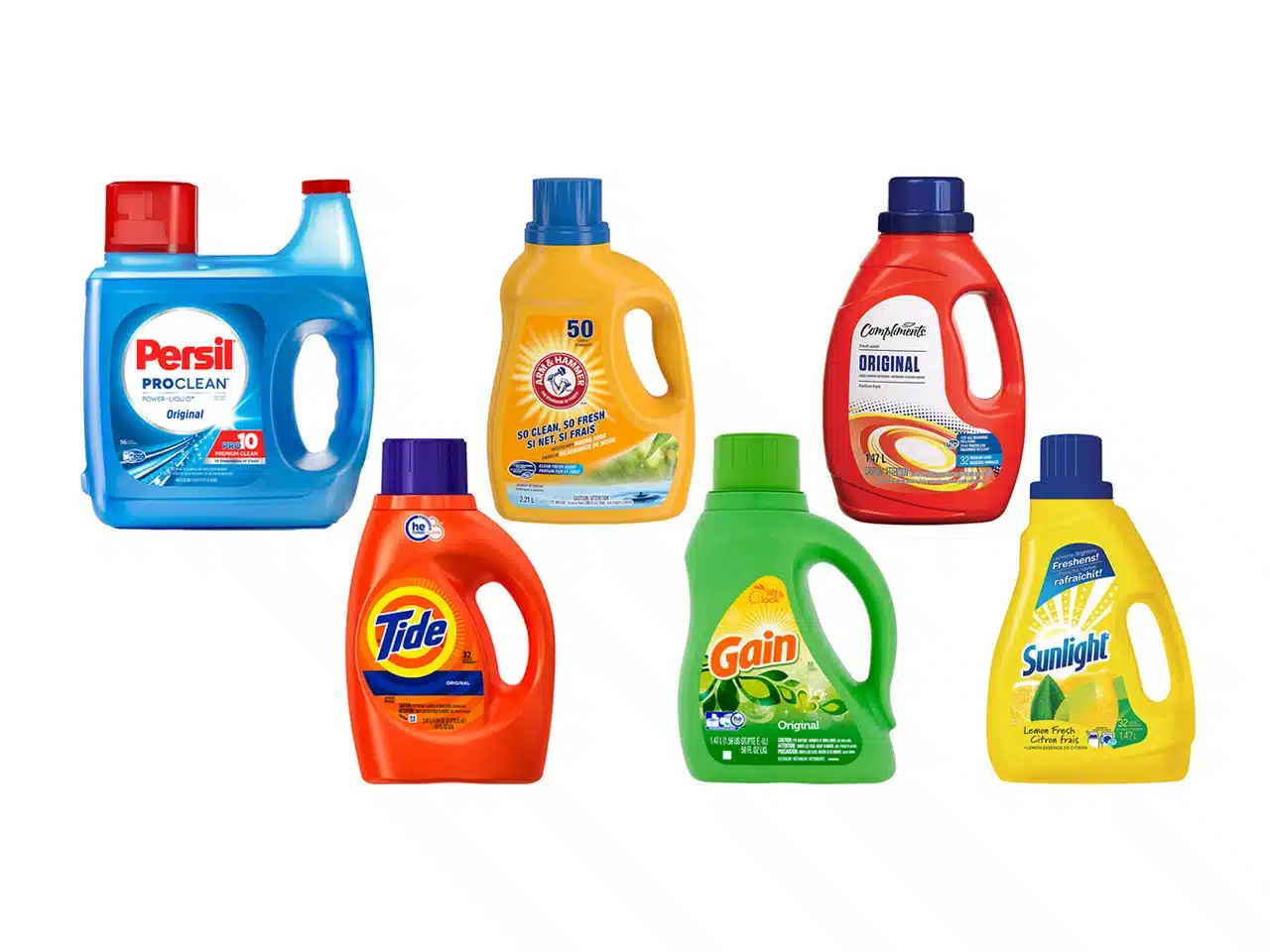Sewing machines are like magical helpers that turn fabrics into fantastic creations! Have you ever wondered how sewing machines work their magic? Well, buckle up your curiosity because we’re about to unravel the fascinating world of sewing machines. From the rhythmic hum of the needle to the dance of the fabric, each stitch tells a story of invention and creativity.
Whether you’re a sewing enthusiast or just curious about the inner workings of these machines, join us as we discover the stitches, gears, and magic behind how sewing machines bring our fabric dreams to life!
Table of contents
What Is A Sewing Machine?
A sewing machine is essentially a device designed for sewing, and understanding this literal definition can provide insights into its functioning. Imagine a large construction set with standard, snap-together engineering components. What essential components would be required to create a sewing machine? Surprisingly, the answer is quite minimal.
While occasional hand-powered sewing machines still exist (and any machine can be manually operated for slow and precise work), the majority of modern sewing machines are electric. They incorporate robust electric motors, similar in size to those found in vacuum cleaners and lawnmowers.
Sewing involves the challenging task of moving a small needle up and down through multiple layers of thick fabric, requiring considerable effort. Lifting and guiding the fabric also demands exertion. If you’ve ever sewn something like a pair of curtains, you understand the physical strain involved in turning and maneuvering the fabric. In this context, a sewing machine proves to be immensely helpful, facilitating these tasks efficiently.
The heart of a sewing machine is its electric motor, discreetly situated within the primary structure of the machine, usually in close proximity to the power cord connection. This motor propels three distinct mechanisms meticulously synchronized to collaborate seamlessly. Among them, a combination of cams and cranks operates the feed dog, a small set of teeth that elevate and descend just beneath the needle and the presser foot (which secures the material in place). One component exerts upward pressure on the material for grip, while the other propels it forward by an adjustable distance, facilitating stitches of varying lengths.
Historically, until the 1970s, the majority of machines were both electrical and entirely mechanical. In contemporary times, many sewing machines are electronic, functioning under microchip control. This technological advancement enables them to effortlessly create intricate decorative stitch patterns with minimal effort on the operator’s part, beyond positioning and maneuvering the fabric. Modern machines typically feature at least one circuit board and frequently include an electronic display to assist in setup configurations.
READ ALSO: How Does a Master Key Work on Various Doors?
How Does A Sewing Machine Work?

A sewing machine operates through a combination of mechanical and, in many modern cases, electronic components. Here’s a simplified explanation of how a sewing machine works:
- Electric Motor: The electric motor is the powerhouse of the sewing machine. It is typically located inside the main stem of the machine, near the power cord connection. The motor provides the energy necessary for the machine’s various functions.
- Feed Dog Mechanism: The feed dog is a set of teeth that moves up and down beneath the needle and presser foot. It has two crucial movements: one to push upward against the material for grip, and the other to move it forward by an adjustable amount, determining the stitch length. This mechanism is often driven by a combination of cams and cranks.
- Needle and Presser Foot: The needle is responsible for piercing the fabric, creating a hole for the thread to pass through. The presser foot holds the fabric in place, ensuring smooth and even stitches.
- Stitch Formation: As the needle descends, it carries the thread through the fabric. The thread is then looped with the bobbin thread beneath the fabric, creating a stitch. The feed dog’s movement advances the fabric, allowing the next stitch to be formed.
- Bobbin and Bobbin Case: The bobbin holds the lower thread, which interacts with the upper thread (from the needle) to create stitches. The bobbin case regulates the release of the bobbin thread.
- Tension System: The tension system ensures that the upper and lower threads maintain equal tension, resulting in balanced and well-formed stitches. It can be adjusted to accommodate different fabrics and sewing techniques.
- Electronic Control (in modern machines): Many contemporary sewing machines operate under microchip control. This electronic component allows for more sophisticated features, such as a variety of stitch patterns and automated functions. Users can often set up and control these features through an electronic display.
SEE ALSO: Three-Way Lights – How Three-Way Switches Work
How Does A Sewing Machine Stitch?
The stitching process in a sewing machine involves several coordinated movements and mechanisms. Here’s a step-by-step explanation of how a sewing machine creates stitches:
- Needle Descent: When you press the foot pedal or engage the start button, the needle begins to descend into the fabric.
- Fabric Penetration: The needle pierces the fabric, creating a hole for the thread to pass through. This movement is crucial for forming a stitch.
- Upper Thread Movement: As the needle rises back up, it carries the upper thread with it. The upper thread is typically threaded through the eye of the needle.
- Bobbin Thread Engagement: Simultaneously, the bobbin, located beneath the fabric, releases a loop of thread. The rising needle catches this loop, creating an interlocking of the upper and lower threads.
- Stitch Formation: The combination of the upper and lower threads creates a stitch. The feed dog mechanism then moves the fabric forward, preparing it for the next stitch.
- Feed Dog Action: The feed dog, a set of teeth located beneath the needle and presser foot, moves the fabric forward and backward. This action ensures even spacing between stitches and advances the fabric for continuous sewing.
- Presser Foot Hold: The presser foot holds the fabric securely in place while allowing it to move forward with each stitch. This ensures uniform stitches and prevents fabric slippage.
- Tension Regulation: The tension system, consisting of tension discs and a tension regulator, maintains equal tension between the upper and lower threads. Proper tension is essential for well-formed stitches.
- Thread Trimming (optional): In some machines, there might be an automatic thread trimmer that cuts both the upper and lower threads after each stitch.
This process repeats rapidly, creating a continuous line of stitches along the fabric. The specific type of stitch (straight stitch, zigzag, decorative stitches, etc.) is determined by the machine settings and can be adjusted based on the user’s preferences and the sewing requirements.
READ ALSO: How Does Dry Cleaning Work?
What Are The Key Parts Of A Sewing Machine?

While there are numerous parts of a sewing machine here are the key parts to take note of:
- Slot for needle thread
- Wing nut for loosening and removing needle
- Needle
- Presser foot with feed dog underneath
- Drawer containing shuttle and bobbin
- Stitch length adjustment
- Motor housing
- Hand wheel for precision control and slow-motion sewing
- Stitch type selector
- Stitch control
- Thread tension control
Types Of Sewing Machines
Here are different types of machines that you should know before you embark on your sewing journey.
1. Mechanical Sewing Machine
This basic sewing machine is operated manually, featuring mechanical controls for adjusting stitch length and width. While it may not offer as many built-in stitches as other models, it serves as an ideal choice for both novice sewists starting with their first machine and individuals with advanced sewing skills.
2. Computerized Sewing Machine
Also referred to as overlock machines, these technologically advanced devices come equipped with electronic controls, programmable stitch patterns, and an LCD screen for user-friendly customization.
Computerized sewing machines streamline the stitching process with features such as automated stitch selection, precise stitch control, programmable stitch patterns, an automatic thread cutter, and options for adjusting and editing stitches.
3. Serger Sewing Machine
Also known as an overlock machine, this machine trims and finishes fabric edges simultaneously while creating professional-looking seams.
4. Embroidery Machine
Tailored for intricate embroidery tasks, this machine comes equipped with pre-installed embroidery designs and the capability to automatically stitch intricate patterns.
SEE ALSO: How Selling a House Works | What to Know Before Selling
5. Sewing and Quilting Machine
Designed for quilting projects, it offers a larger sewing surface, adjustable stitch length, and a wide variety of quilting stitches.
6. Industrial Sewing Machine
Built for heavy-duty use in commercial settings, it provides high-speed stitching and can handle thick or tough fabrics and multiple layers that most machines cannot handle.
7. Portable Sewing Machine
Lightweight and compact, it is easily transportable and suitable for on-the-go or small-scale sewing projects.
8. Handheld Sewing Machine
This small, battery-operated device works for quick repairs and stitching on the spot, making it ideal for small jobs and travel.
9. Cylinder Bed Sewing Machine
This machine features a cylindrical bed that allows sewing in circular or cylindrical items such as cuffs, sleeves, and bags.
10. Blind Hem Sewing Machine
Specifically designed for creating invisible hems, it uses a special foot and stitches to achieve seamless, nearly invisible finishes.
11. Coverstitch Machine
Mainly employed for hemming and topstitching knitted fabrics, this machine generates a polished cover stitch on the top, accompanied by a double or triple row of stitches on the underside, resulting in a professional appearance.
12. Buttonhole Machine
Designed to automate the buttonhole-making process, it creates precise and consistent buttonholes with the touch of a button.
13. Leather Sewing Machine
Built with heavy-duty components, it has the strength and durability needed to sew through thick and tough leather materials.
14. Multi-needle Embroidery Machine
This kind of machine enables simultaneous stitching with multiple needles, allowing for faster embroidery production and intricate design possibilities.
READ ALSO: How Smart Windows Work in Homes
15. Long-Arm Quilting Machine
Designed specifically for quilting large projects, it features an extended arm that allows for easier handling and maneuvering of bulky quilts.
16. Button Sewing Machine
Tailored specifically for attaching buttons to clothing, this machine automates the button-sewing process, ensuring efficient and precise results.
17. Chain-stitch Machine
This sewing apparatus generates a sequence of looped stitches resembling a chain, commonly employed for decorative stitching or for seaming and hemming lightweight fabrics.
18. Zigzag Sewing Machine
This variety of sewing machines offers the capability to create zigzag stitches, crucial for working with stretch fabrics, appliqué projects, and decorative stitching.
19. Hand Crank Sewing Machine
Operated manually with a hand crank, it is a vintage-style machine popular among sewing enthusiasts and collectors.
FAQs On How Sewing Machines Work
A sewing machine operates by using a combination of mechanical and, in modern machines, electronic components. It involves the up-and-down movement of a needle, interlacing threads, and the forward movement of fabric to create stitches.
Sewing machines are typically powered by electric motors. In some cases, especially with vintage machines, manual operation with a hand crank may be used.
Computerized sewing machines, also known as electronic machines, have electronic controls, programmable stitch patterns, and often an LCD screen. They offer automated features like stitch selection, precise control, and programmable patterns.
Sewing machines can create various stitch patterns through adjustable settings controlled by the user. These settings include stitch length, width, and type, allowing for versatility in stitching.
Conclusion
From simple zigzags to intricate patterns, these machines have been stitching stories of creativity and craftsmanship for generations. Whether you’re a seasoned seamstress or a budding DIY enthusiast, understanding how these machines work unlocks a world of possibilities. So, the next time you hear the comforting whir of a sewing machine, remember the dance of the needle and the fabric, working together to create something truly magical.
References
- hobbycouture.com – How does a sewing machine work?
- explainthatstuff.com – Sewing machines
- home.howstuffworks.com – How Sewing Machines Work
